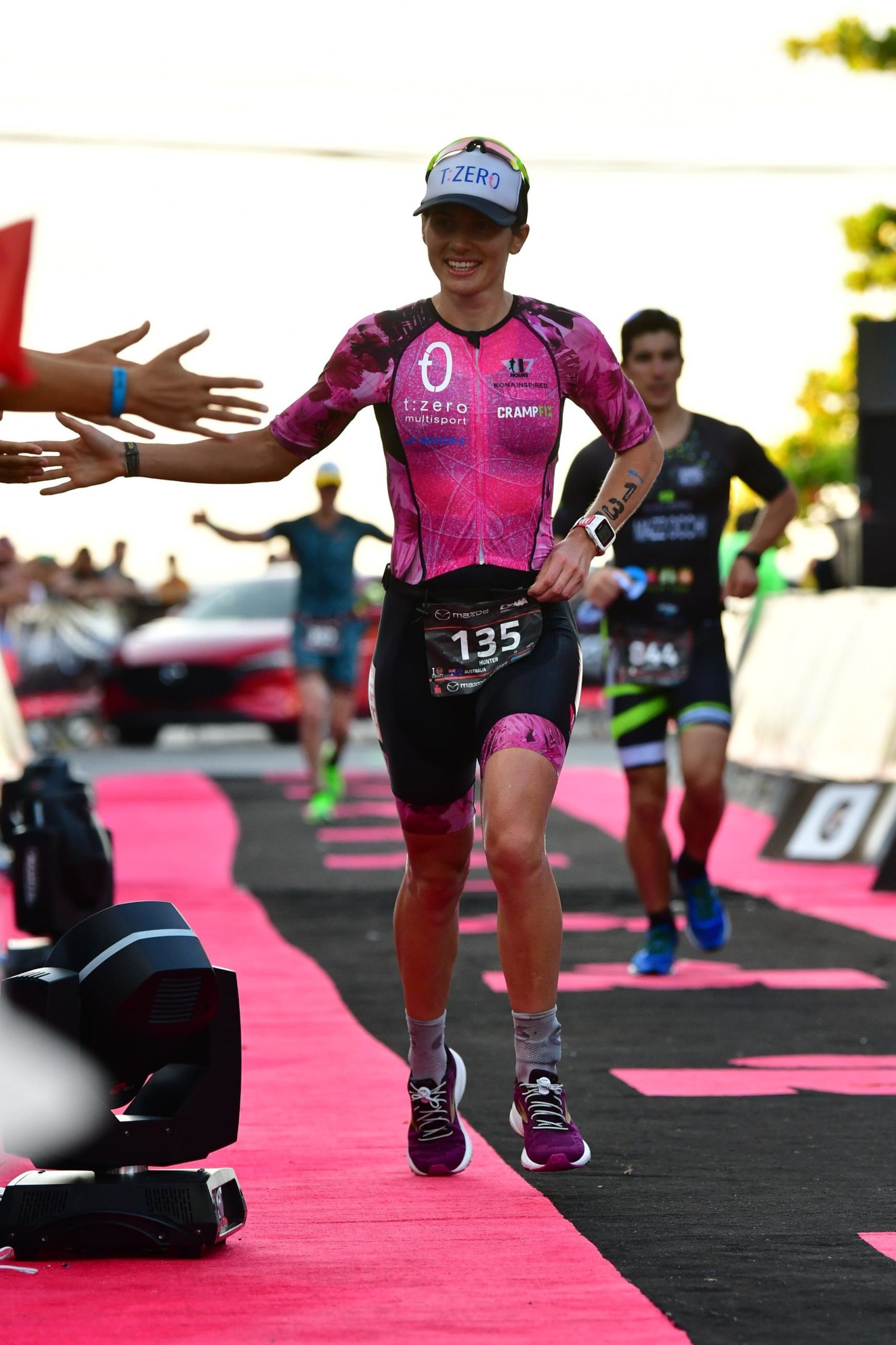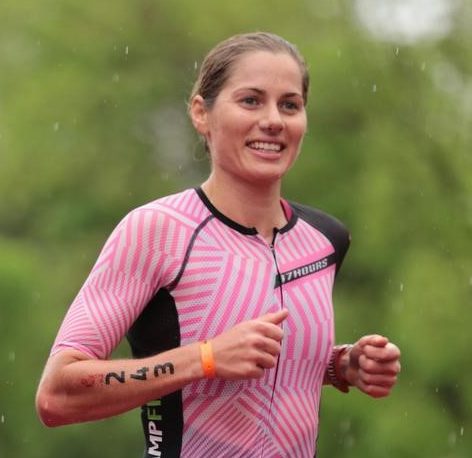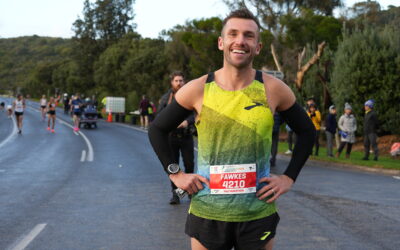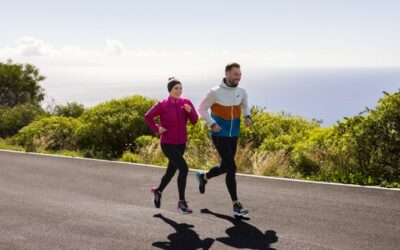Ironman Triathlon
An Ironman Triathlon consists of a 3.8km swim, 180km ride and the marathon (42.2km run). Training for this all-day-multisport endurance event can take up to 3-6 months of preparation depending on your athletic history.
An Ironman Triathlon is one of the most rewarding journeys you can go on. You will find out so much about yourself in the months of training leading into this, not to mention during the last 60km on the bike leg and 25-35km mark of the marathon. You will be pushed to your absolute limits both physically and mentally. The runners high and addictive feeling of self-achievement will keep you coming back for more.
So, if you are already a marathon runner and are thinking of stepping up to the challenge of becoming an Ironman you already have an aerobic base, running strength and the mental discipline to get you there.
3 Top Running Related Tips – Ironman Training

1. Shoe Rotation
Have two pairs of shoes on the go. This will help prevent any running niggles or injuries and prolong the life of your shoes. Don’t wait until your current shoes are worn out before purchasing a new pair. If you are still looking for a shoe that is perfect for you, go to the following link to be matched with the a shoe that provides you with the perfect level of support for your training goals: Shoe Finder | Brooks Running
2. Progressive Overload – Hire a Coach
Training will look different because instead of training for one sport you will be training for three different sports. This will consume roughly between 12-20 hours per week of your time. Progressive overload is when the workload for a training session progressively increases as the athlete adapts to training. This increase in workload is usually done to maintain the same intensity of training after the adaptations have occurred. Like running, you will need to build into each discipline safely. Because we have so many factors contributing to fatigue with the high-volume training, I recommend hiring a coach to help guide a plan to work around your lifestyle while building your fitness up safely.
3. Lower your expectations
Your marathon time in most cases will be slower during an Ironman since you have already been racing for 6 – 8+ hours. Friel says to add 20% to your open time in his book “Triathletes Training Bible”. That means a 3:15 open marathon becomes 3:54. The following factors are reasons I believe it’s important to be realistic and lower your expectations of running pace in the Ironman marathon compared to a standalone marathon:
- How well you can digest nutrition on race day. Getting in enough calories and hydration can be difficult for many reasons but a couple of major reasons includes loss of fluids and blood being drawn away from the stomach and into working muscles.
- You are running at a different time of day. Usually, you will get off the bike to start the marathon in the heat of the afternoon.
- How well your body has adapted to training under fatigue. Obviously racing 6-8 hours before starting the marathon you are going to be running on muscles with fatigued fast twitch muscle fibres and impaired muscle function due to glycogen depletion.
- Environmental conditions and how hard you pushed on the swim and biked.
You will start to see the gap closing between experienced athletes Ironman marathon and standalone marathon times. If you have ever been wondering when to take the leap and start training, there is no better time than now.
*All images are credited to FinshersPix

Ashleigh Hunter
Triathlete
Ashleigh Hunter is a Team Brooks athlete and Triathlete. Ashleigh has qualified for the Ironman Hawaiian World Championships (Kona) for October 2021.




